Electronic signals are vital in the operation of almost all electronic devices. They can carry anything from the sound of a person’s voice to TV and radio signals to the current used to power an LED. Electronic signals are used to send information between electronic devices in either an analog or digital fashion.
Analog Signals
An analog is something that is a representation of something else. In electronics, an analog signal is a representation of some or other input.
For example, the hands of a wall clock are an analog of the passage of time. An analog voltmeter points to numbers on a dial face representing an analog of the applied voltage. A microphone generates a varying voltage that is an analog of the singer’s voice.
So in a communication system, we can say that an analog signal represents some sort of information that has been impressed on the system, usually by an alternating current waveform.
This diagram show the amplitude (i.e voltage) of an analog signal with respect to time:
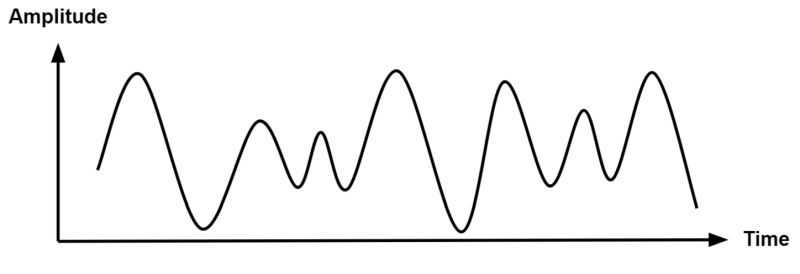
Digital Signals
A digital signal is one where the representation of the original source is transmitted or displayed in a binary format. Only ones and zeros are used.
Going back to the clock example, in a digital clock there is a crystal square wave oscillator running at 32,768 Hz. We can use a digital divider to divide this frequency by two to get 16,384 Hz. If we do this a total of 15 times, the output frequency of the oscillator will be 1 Hz, or once per second. These ticks get counted in multiples of 60 to give us minutes and hours. These values are then sent to an LCD display to show the time.
Binary words are made up of a sequence of ones and zeros sent one after the other. The word size is typically 8 bits long but can be larger. A group of bits can be called a byte and half a byte is called a nibble. Some additional bits will be added to enable error checking such as parity. The words may be grouped into packets with destination addresses, for example, in networking and the Internet.
But how is digital information like this transmitted down a wire or through the air?
If the distance is short, the binary words representing this data are fed one bit at a time, one after the other into the wire. If the bit representing the least important part of the data is sent first, it is called LSB or least significant bit first. Do it the other way around and you have MSB or most significant bit first.
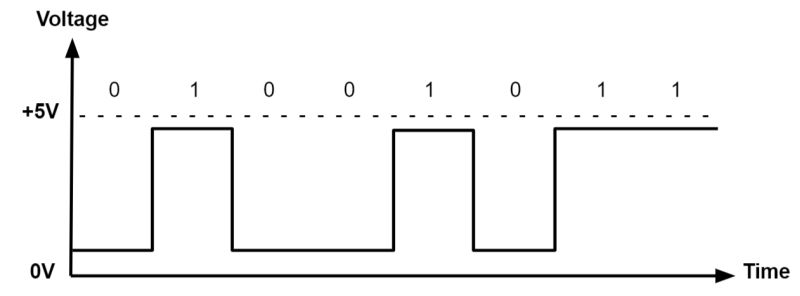
Modulation and Modems
What if the wire is very long or the signal needs to be transmitted wirelessly?
Digital signals fed into a wire will soon degrade and be lost due to the capacitance and inductance of the wire. So the answer is to use a modem.
A modem has two stable frequency states, a low state and a high state. For example, a modem might encode a digital 0 with a frequency of 1000 Hz and encode a digital 1 with a frequency of 1500 Hz. This signal is transmitted over a wire or radio link to a demodulator that responds to the changing frequencies and outputs ones and zeros.
The size of a binary byte is governed by the type of accuracy required. As there are only two states—on or off—we can say that for an 8-bit word (or byte), there are 28 or 256 possible states. Expressed as accuracy, this would be 1/256 * 100 = 0.4%, which is very suitable for most needs. But doubling this up to 16 bits, we would have 216 or 65,536 possibilities, which would improve the accuracy to 1/65536 * 100 = 0.0015%.
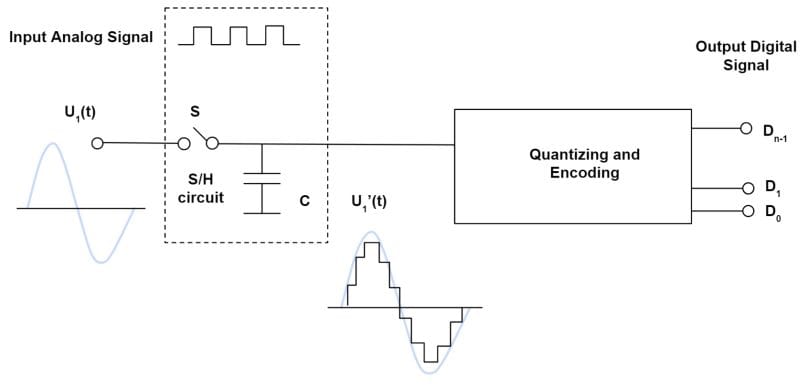
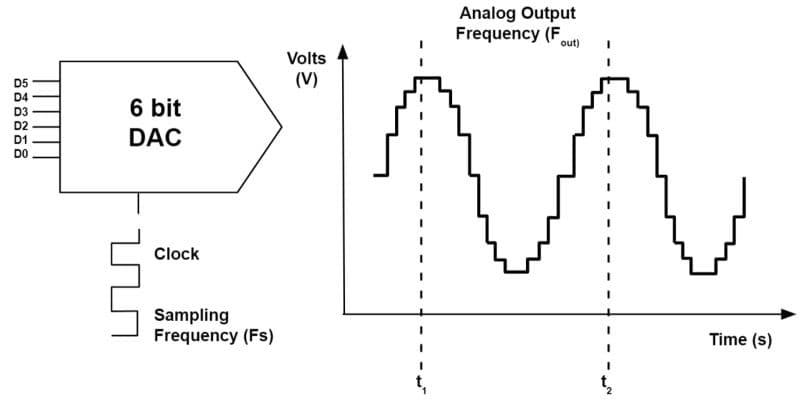
Pros and Cons of Analog and Digital Signals
| Analog signals | Digital signals |
| Subject to degradation and noise | Fairly immune to noise |
| Easy to process | More difficult |
| Best suitable for audio and video | Can be used for either |
| Limited number of simultaneous channels | Can have large number of simultaneous channels |
| High error probability | Low error probability |
| Encryption and security is difficult | Encryption and security is easy |
| Frequency division multiplexing used for multiple channels | Time division multiplexing used for multiple channels |
| Synchronization is difficult | Synchronization is easier |
| Denoted by sine waves | Denoted by square waves |
| Low bandwidth | High bandwidth |
| Has higher density and can represent more accurate definition, almost infinite limited by noise floor only | Information density is totally dependent on byte size |
These days it would be unusual to see a pure analog or digital system. Both technologies are inevitably combined and each system has its place.
Thanks for reading and be sure to leave a comment below if you have questions about anything!
Images used with permission from https://www.monolithicpower.com/en/analog-vs-digital-signal.



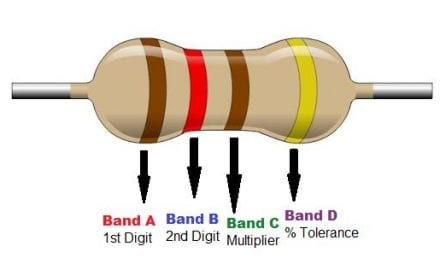
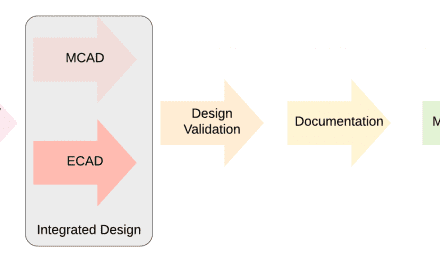
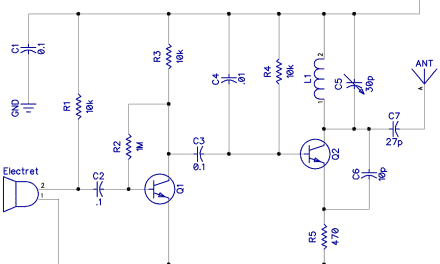
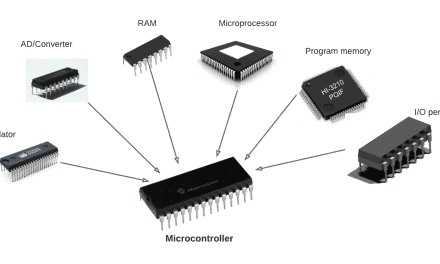



In the text, a power of 2 is writen in a confusing format, leading to the number 28, where it actually should be 2 powered of 8.
Thanks for letting me know, I’ve just corrected it!